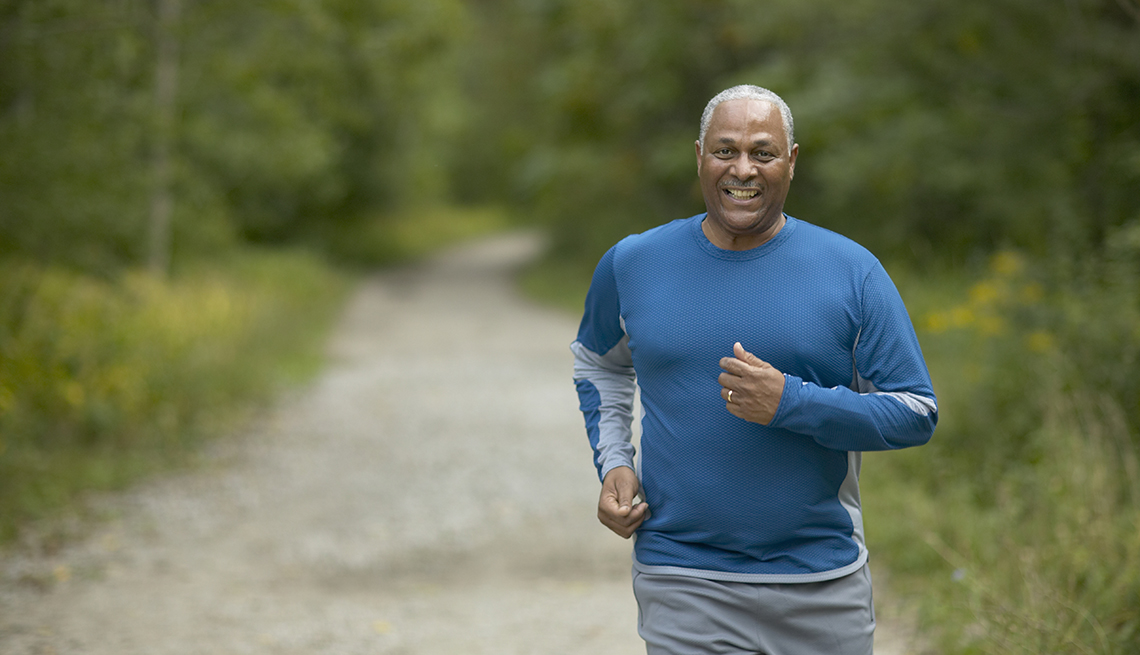AARP Hearing Center
Hoping to exercise off a few pandemic pounds? First, know this: Experts say it’s very, very challenging — but not impossible — to lose weight through workouts alone. As Kevin Hall, chief of integrative physiology at the National Institutes of Health (NIH), explains, most of us consume so many calories each day that we would have to do “a heck of a lot of physical activity to make a dent” in our body weight.
But that doesn’t mean physical activity shouldn’t be part of your effort to lose weight. In fact, it likely needs to be, since plenty of research shows that the most effective way to drop unwanted pounds is to pair an exercise routine with dietary changes. For example, one study of 439 obese or overweight postmenopausal women found that those who exercised in addition to dieting lost significantly more body fat than those who just dieted.
And exercise appears to be key in helping you keep the weight off once you lose it. When Hall and other NIH researchers analyzed contestants of the reality TV show The Biggest Loser, they found that those who incorporated exercise into their daily lives were significantly more likely to have maintained their weight loss six years later.
The National Weight Control Registry — a database of more than 5,000 Americans who have lost a significant amount of weight and kept it off — also backs up the combination approach. In surveys, 98 percent of participants said they modified their food intake, and 94 percent said they increased their physical activity.
To maximize your own weight-loss efforts with exercise, read on for experts’ tips on everything from which specific fitness activities to combine to how to time your workout for maximum “caloric offset.”
Aim for the sweet spot of 50 minutes a day (it works)
If the bad news is that many people eat back the calories they burn through exercise, unconsciously compensating for the calories a workout required by eating more and moving less for the rest of the day, a new study points to how to avoid this caloric-compensation pitfall.




































































